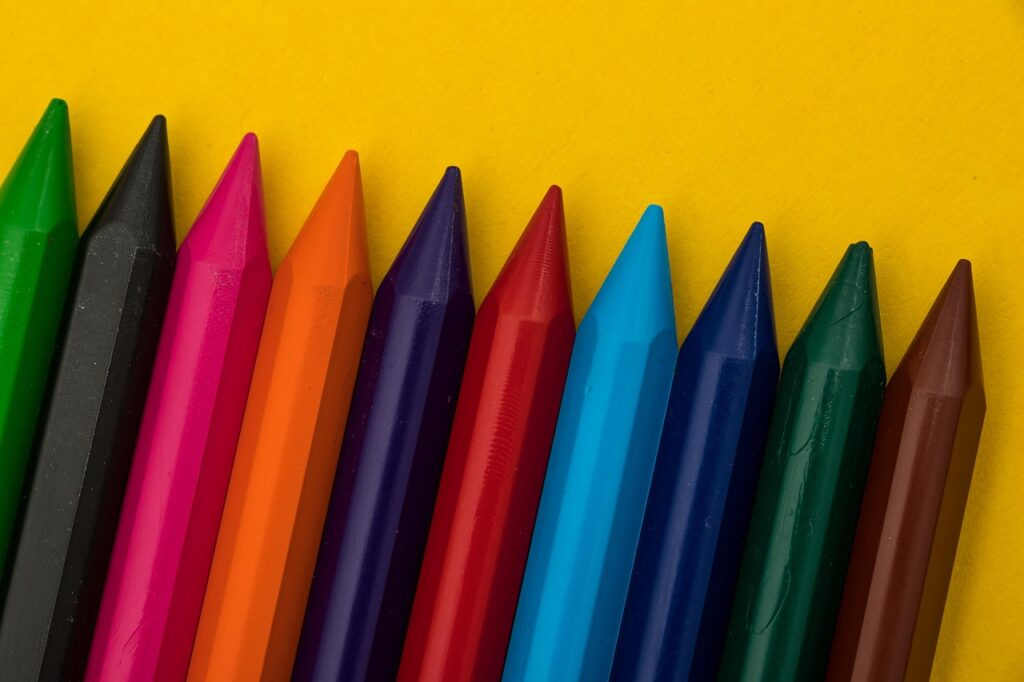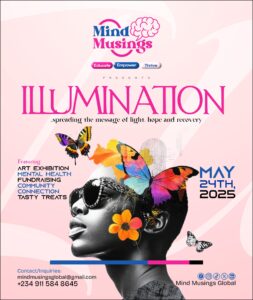Colour, Crayon, and Serenity: An Exploration of Emotional Well-Being through Art


Colour is not merely a visual phenomenon; it is a powerful tool that influences our emotions, perceptions, and even our behaviours. The way an object reflects or emits light creates the spectrum of colours we see, each carrying its own significance and emotional weight.
Crayons are more than just tools for drawing and colouring; they represent creativity, imagination, and the innocence of childhood. The act of colouring with crayons can be a therapeutic experience, allowing individuals to express their feelings and thoughts in a tangible form. This simple act can foster a sense of calm and joy, making it a valuable practice for mental health.
Serenity embodies a state of calmness and peace, essential for maintaining mental health. In a serene environment, individuals can think clearly and work more efficiently. It contrasts sharply with chaotic surroundings, where stress and anxiety can thrive. Creating a serene space, whether through meditation, nature, or art, can significantly enhance one’s well-being.
This piece will delve into how colouring with crayons can evoke feelings of serenity. By engaging with colours that resonate personally, individuals can navigate their emotions and maintain a balanced mental state.

Image by WOKANDAPIX from Pixabay
The psychology of colour involves understanding both the emotional associations of colours and the personal reflections individuals have regarding them.
Understanding how different colours impact individuals on a personal level can deepen our appreciation for their emotional significance:
These reflections highlight how colours can shape our moods and perceptions. For many people, engaging with colours through activities like colouring can provide an outlet for expression and a pathway to serenity.
On a final note, the interplay between colour, crayons, and serenity is profound. By exploring the emotional associations of colours and reflecting on personal experiences with them, we can harness the calming effects of art to promote mental well-being. Whether through the simple act of colouring or creating a serene environment filled with meaningful hues, we can cultivate a sense of peace in our lives.
Featured Image by Mahesh Patel from Pixabay

On Saturday, May 24th, 2025, Mind Musings is excited to host its first-ever art exhibition themed “Illumination” in Lagos, Nigeria. This innovative event brings together art, mental health awareness, fundraising, and community impact, featuring incredible artists, stunning artwork for sale, and insightful conversations. Join us for an inspiring experience!
This piece challenges the common perception of anger as purely negative, offering a fresh lens on its emotional significance. It explores how anger can serve as a meaningful signal rather than something to suppress, and how understanding it can lead to greater emotional intelligence and personal growth. Ultimately, the piece encourages readers to see anger not as an enemy but as a teacher guiding them toward healing and balance.
Told through the eyes of a young woman, this poignant narrative traces the heartbreaking journey of someone close to her as they slowly succumb to dementia. In a country where mental illness is often dismissed, the lack of proper diagnosis and support leaves the family helpless. The progression of the disease is devastating, culminating in the eventual loss of the person she once knew. This piece is a powerful reflection on love, loss, and the urgent need for better understanding and care for those affected by dementia.
A piece about someone who struggles with suicidal thoughts, finally deciding to seek help. This piece highlights their inner struggles, mentioning how thinking this way gives them comfort and sometimes strength. It shows how they are trying to get better.
This is enlightening. 🤗💫